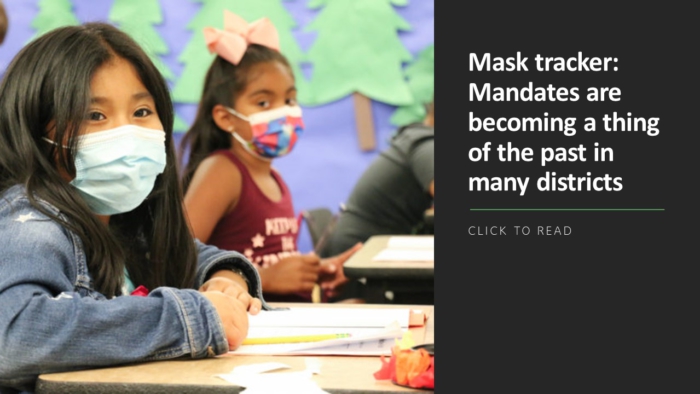Providing a high-quality education is at the heart of every district leader’s actions. But, in today’s educational environment, it has become increasingly difficult for districts to achieve this mission without adequate funding.
Competition for public school districts continues to increase. We’ve learned that, when given a choice, families will explore alternatives to the public K-12 system if they’re unhappy with the experience in public schools. Some may take the school choice route or pick a private school, while others opt for virtual academies or homeschooling.
This increased competition decreases district funding. As few as four lost students can account for enough per-pupil funding to pay a starting teacher’s salary. When the numbers add up, districts can be put in a difficult financial situation with limited resources. I’ve spoken with countless district leaders across the country who are experiencing a decrease in enrollment and funding. Oftentimes, the issue isn’t related to the child’s educational experience but the customer service and level of service parents expect from frontline staff.
Quick and accurate answers
In an environment overflowing with emails, tweets, phone calls, and text messages, providing superior customer service is a challenge for school districts. The influx of inbound communications is exhausting for district leaders, and the inevitable delays in response times are frustrating for parents and community members.
Thankfully, education technology has evolved in recent years, making it easier for districts to better manage communications and family engagement. In fact, chatbots are becoming a powerful customer service tool for school districts. A properly implemented chatbot can help school districts provide automatic responses to frequently asked questions 24/7—giving staff more time to provide personalized attention to more complex requests and meet stakeholder needs.
First and most importantly, chatbots provide reliable and accurate information to families. Through natural language processing and artificial intelligence, chatbots are proficient in correctly answering frequently asked questions in a variety of ways and using customer input to continue to improve responses. This gives families quick and accurate answers to their questions and concerns.
FETC 2023
The Future of Education Technology® Conference takes place live and in-person Jan. 23-26, 2023, in New Orleans. Register now!
Chatbots also help districts eliminate barriers to accessing services and information that cause inequities. With improved technology, today’s chatbots are available 24/7 from any device and have translation tools that help districts reach multilingual families. This allows districts to provide an equitable, convenient way for everyone to ask questions, report concerns, and share feedback.
And, with today’s staff shortages, chatbots create internal efficiencies. Powered by a database of commonly asked questions within each district, chatbots can accurately and reliably answer 80% of questions. These questions can be built upon and customized as the chatbot receives more data, which enables the chatbot to address further questions and concerns. This technology allows district staff to spend their time on inquiries needing personalized attention rather than answering repeat questions about report cards and lunch menus.
Chatbots can be transformative for school districts when implemented with purpose, foresight, strategy, and a rigid commitment to serving families. What people want are dialogues and personal attention—not mass communication. Chatbots make this a reality as they provide quick, individualized responses without filling the work queue of district staff.
It’s clear: parents and guardians have a lot of options. But by providing a superior level of customer service powered by chatbots, school districts can support enrollment, engage families, and give staff time back in their busy schedules.
More from DA: Here’s one easy way schools can communicate multilingually with families









